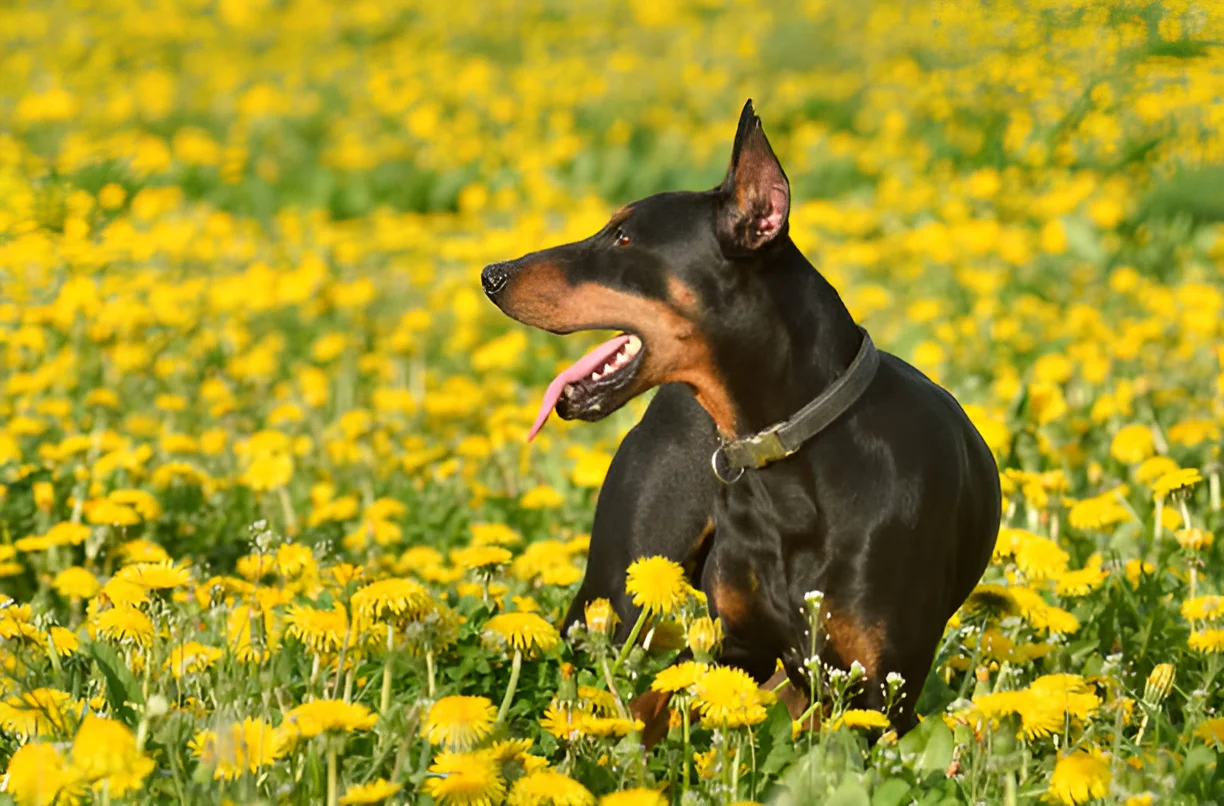If a Doberman attacks you, remain calm, avoid eye contact, and use objects to create a barrier between you and the dog. Dobermans are known for their loyalty, intelligence, and protective nature. While they are generally well-behaved and affectionate pets, certain situations can trigger aggressive behavior. Understanding how to respond if a Doberman attacks can help you stay safe and minimize harm. This comprehensive guide will explore the reasons behind Doberman aggression, provide step-by-step instructions on what to do during an attack, and offer tips for preventing such incidents.
Understanding Doberman Aggression
Common Triggers for Aggression
Dobermans, like all dogs, can exhibit aggressive behavior due to various triggers. Some common reasons include:
- Fear: If a Doberman feels threatened, they may react defensively. Recognizing signs of fear, such as a tucked tail, cowering, or raised hackles, can help prevent aggression.
- Resource Guarding: Dobermans may become aggressive when protecting valuable items like food, toys, or territory.
- Lack of Socialization: Dogs not exposed to a variety of people, dogs, and environments from a young age may become fearful in unfamiliar situations, potentially leading to aggression.
- Medical Issues: Pain or health conditions can make a dog irritable or aggressive.
Recognizing Warning Signs
Understanding the warning signs of aggression can help you intervene before an attack occurs. Look for the following behaviors:
- Growling or snarling
- Baring teeth
- Stiff body posture
- Intense staring
- Raised hackles
What to Do During an Attack
Stay Calm and Avoid Eye Contact
If a Doberman attacks, the most important thing is to remain calm. Avoid making direct eye contact with the dog, as this can be perceived as a threat. Instead, look slightly away while keeping the dog in your peripheral vision.
Use Objects to Create a Barrier
If possible, use objects such as a jacket, bag, or umbrella to create a barrier between you and the dog. This can help protect you from bites and give you time to assess the situation.
Stand Still and Protect Yourself
Stand still and avoid making sudden movements. If the dog continues to approach, try to protect your vital areas, such as your face, neck, and chest. Curl into a ball with your hands covering your head and neck if the dog knocks you down.
Use a Firm Voice
In a calm but firm voice, give commands such as “No” or “Stay.” Some dogs may respond to authoritative commands, especially if they have received training.
Do Not Run
Running can trigger a dog’s chase instinct, making the situation worse. Stand your ground and try to remain as calm and still as possible.
After the Attack
Seek Medical Attention
If you are bitten or injured, seek medical attention immediately. Dog bites can lead to infections and other complications, so it’s important to get proper treatment.
Report the Incident
Report the attack to local animal control or law enforcement. Provide details about the incident, including the dog’s appearance, behavior, and any identifying information about the owner.
Document Your Injuries
Take photos of your injuries and keep records of medical treatments. This documentation can be important if you need to file a report or seek compensation for medical expenses.
Preventing Doberman Attacks
Proper Training and Socialization
Proper training and socialization are crucial for preventing aggressive behavior in Dobermans. Early exposure to various environments, people, and other animals can help them become well-adjusted and less likely to react aggressively.
Positive Reinforcement
Use positive reinforcement techniques to encourage good behavior. Reward your Doberman with treats, praise, and playtime for following commands and behaving appropriately.
Avoiding Triggers
Identify and avoid situations that may trigger aggressive behavior in your Doberman. This could include avoiding areas with high levels of activity or other dogs if your Doberman is prone to resource guarding or fear-based aggression.
Regular Veterinary Check-Ups
Regular veterinary check-ups can help identify and address any underlying health issues that may contribute to aggressive behavior. Ensure your Doberman is up-to-date on vaccinations and receives regular health screenings.
Conclusion
If a Doberman attacks you, remain calm, avoid eye contact, and use objects to create a barrier between you and the dog. Understanding the reasons behind Doberman aggression and recognizing warning signs can help prevent attacks. Proper training, socialization, and regular veterinary care are essential for raising a well-behaved and friendly Doberman. By following these guidelines, you can ensure a safe and harmonious relationship with your Doberman and reduce the risk of aggressive incidents.
The photo featured below the post headline is Credit: eAlisa/istockphoto
I hope you find this post helpful and informative. If Yes’ feel free to share it with your friends!
Frequently Asked Questions
Are Dobermans inherently aggressive?
No, Dobermans are not inherently aggressive. With proper training, socialization, and care, they can be loyal and loving companions.
What should I do if my Doberman shows signs of aggression?
If your Doberman shows signs of aggression, seek help from a professional dog trainer or behaviorist. Addressing the issue early can prevent it from escalating.
Can training help prevent Doberman attacks?
Yes, consistent training and socialization can help prevent aggressive behavior in Dobermans. Positive reinforcement techniques are particularly effective.
How can I protect myself if a Doberman attacks?
Remain calm, avoid eye contact, use objects to create a barrier, and protect your vital areas. Seek medical attention if you are injured.
Should I report a Doberman attack?
Yes, report the attack to local animal control or law enforcement. Provide details about the incident and document your injuries.

